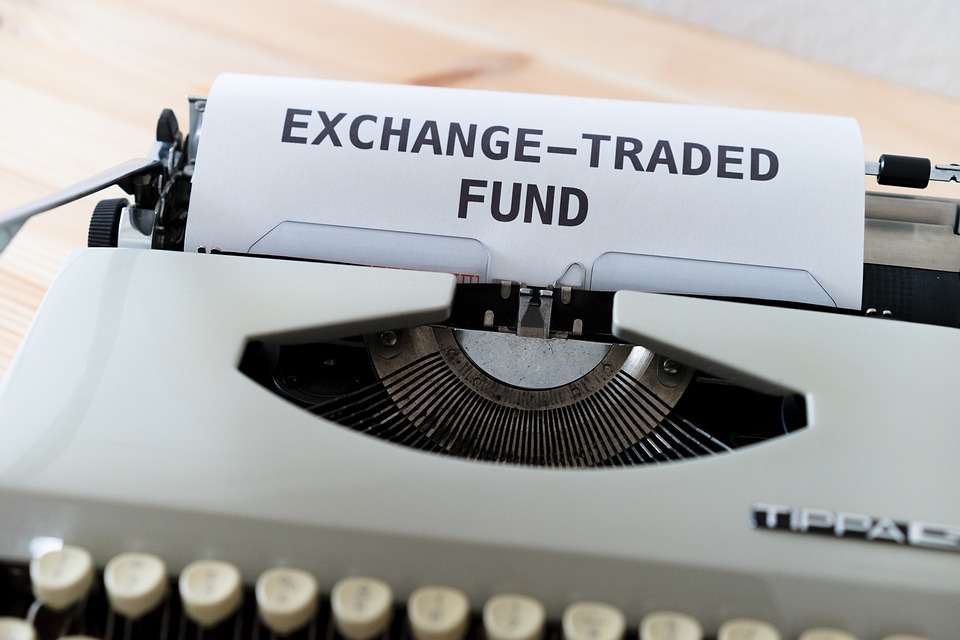These Two Dividend ETFs Are The Ultimate Hack For Consistent Yield

Image Source: Pixabay
In volatile markets, investors often flock to the safety and security of dividend stocks. That’s because stocks that pay out dividends are typically those of established, well-capitalized companies that have proven track records of generating earnings, cash flows, and navigating volatile markets.
The dividends can also be reinvested back into the stock, which helps boost its total return. That becomes even more important during periods when the stock markets are down or struggling.
While there are many good dividend stocks, investors may find it more convenient to invest in an exchange-traded fund, or ETF, that taps into the best dividend stocks on the market. Here are two of the best dividend ETFs out there:
| Fidelity High Dividend ETF (FDVV) | Invesco S&P Ultra Dividend Revenue ETF (RDIV) | |
|---|---|---|
| Index Tracked | Fidelity High Dividend Index | S&P 900 Dividend Revenue-Weighted Index |
| Number of Holdings | 123 stocks | Top 60 stocks from S&P 900 |
| Top 3 Holdings | NVIDIA, Microsoft, Apple | US Bancorp, Chevron, Best Buy |
| Sector Allocation | Heavily weighted in technology and finance | Mostly value-oriented: financials, energy, consumer |
| Focus | Large & midcap dividend growth and tech exposure | High yield stocks re-weighted by revenue |
| Dividend Yield (12-month trailing) | 3.05% | 4.03% |
| Most Recent Quarterly Payout | ~45 cents/share | ~47 cents/share |
| Approximate Share Price | $54 | $49 |
| Year-to-Date Return (price only) | ~8.2% | ~2.3% |
| 5-Year Return (price only) | ~14.4% | ~11.6% |
1. Fidelity High Dividend ETF
The Fidelity High Dividend ETF (NYSEARCA: FDVV) has been one of the top-performing dividend ETFs over the past five years.
The fund invests in the proprietary Fidelity High Dividend Index, which is comprised of large and midcap stocks of dividend-paying companies that are expected to continue to pay and grow their dividends.
The ETF includes 123 stocks, with NVIDIA (Nasdaq: NVDA), Microsoft (Nasdaq: MSFT) and Apple (Nasdaq: AAPL) listed as its three largest holdings. About 25% of the portfolio is in technology stocks and 22% is in financials.
It has a distribution yield of 3.05%, which is the average dividend yield paid out over the past 12 months for the stocks in the portfolio. Its most recent quarterly payout was about 45 cents per share, trading at around $54 per share.
Because it opts for more technology stocks, which generally pay lower yields but have higher returns, it has been a strong performer. Year-to-date, it has returned about 8.2% and over the past year it has returned around 12%. But when the dividend is reinvested, its return jumps to 16% over the past year.
Over the past three years, it has returned about 12.4%, but with the dividend reinvested, that jumps to 16.4%. And over the past 5 years, it has gained 14.4%, but 18.3% with the dividend reinvested.
Those numbers really illustrate how much additional return can be achieved by reinvesting that quarterly payout.
2. Invesco S&P Ultra Dividend Revenue ETF
The Invesco S&P Ultra Dividend Revenue ETF (NYSEARCA: RDIV) is another leader in its class of dividend ETFs, generally paying out a higher yield, or distribution rate, than the Fidelity ETF.
The ETF tracks the S&P 900 Dividend Revenue-Weighted Index, which seeks to cull the best large and midcap dividend stocks based on certain screens. The screens pick out the 60 stocks among the S&P 900 with the highest dividend yields. It then re-weights those securities by the amount of revenue earned by the companies, with no stock allowed to have more than a 5% weighting in the portfolio. This seeks to insure that it has the best dividends, while also focusing on growing companies.
As such, it typically won’t include tech stocks like NVIDIA or Microsoft. Instead, its three largest holdings are high-yield dividend stocks like US Bancorp (NYSE:USB), Chevron (NYSE:CVX), and Best Buy (NYSE:BBY). It should come as no surprise that this ETF has a higher 12-month distribution yield of 4.03%, with its most recent quarterly payout of 47 cents per share, trading at roughly $49 per share.
This ETF has a year-to-date return of 2.3% and a one-year return of 2.6%, which pales in comparison to the Fidelity ETF. Its three-year return also falls short, with an average return of 5.2% and 9.8% with the dividend reinvested, also called the total return. But the last three years have been very strong for tech stocks.
When you look at the five-year annualized return, the gap begins to narrow. It has a five-year average return of 11.6% and a total return of 16.6%.
This ETF, with its higher yield and collection of more stable, value-oriented companies, along with the Fidelity ETF, with a still solid yield and the added alpha of tech stocks, are two excellent options for dividend investors.
More By This Author:
Can Disney Score Another Big Earnings Beat?Will Gambling Stocks Feel The Impact Of Vegas’ Slow Summer?
FOMC Makes No Changes To Rates, But 2 Members Dissent
Disclaimer: This article is NOT an investment recommendation, please see our disclaimer - Get our 10 ...
more


